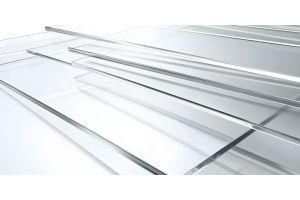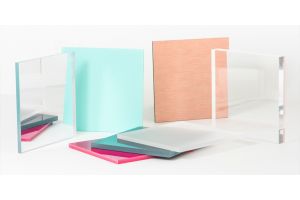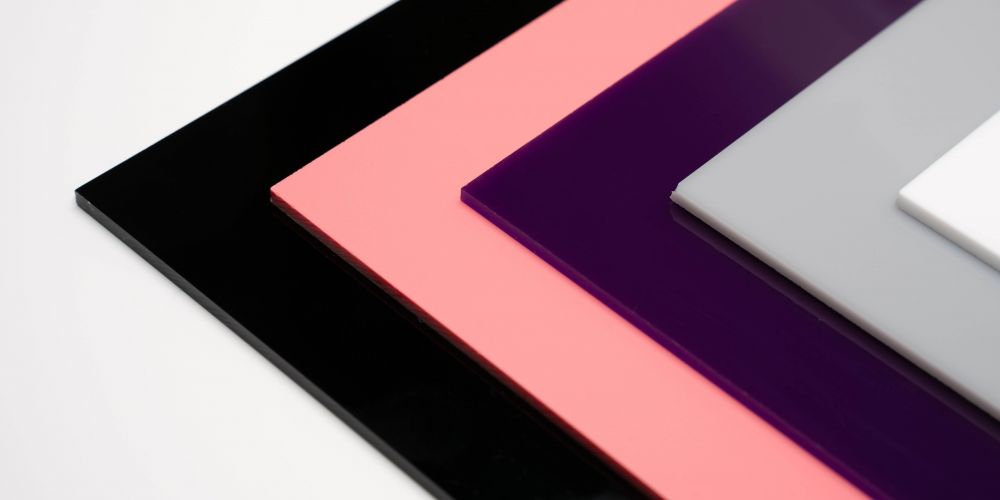One of the most common questions associated with acrylic or Perspex is can scratches be removed or repaired? The answer depends on how bad the damage is, but in most cases, they can be removed relatively easily. Follow our guide on how to repair visible damage to your acrylic sheets.
The first thing to check is that the material you’re repairing is acrylic. Acrylic is a widely used material that’s incredibly versatile, being used in fish tanks, picture frames, splashbacks, furniture as acrylic table tops and acrylic mirrors, to name just a few of the applications. If your scratched plastic is clear, then it’s most likely acrylic or polycarbonate which are the most commonly used plastics.
It’s worth noting that scratches can be removed more easily from acrylic than polycarbonate, so you may not have as much success if the damaged material is a polycarbonate sheet. Naturally, lighter scratches can be buffed out more easily than deeper ones.
However, if the scratch is any deeper than 5mm, it’s probably not worth doing as it’s unlikely to buff out. Likewise, if the scratches cover more than 30% to 50% of the area, or if the acrylic is very old, the cost of replacing the item or pane of acrylic probably will outweigh the effort required to fix it.
For light scratches on acrylic
To remove light scratches in your acrylic, you’ll need an acrylic or plastic polish, 800 and 1200 grit sandpaper and water to soak the sandpaper with.
Wet a piece of the 800 grit sandpaper and run it over the marked area in a circular motion, then repeat with a dry piece of the same grit sandpaper – you’ll need to alternative between these wet and dry sheets for around three minutes. Don’t panic if the acrylic begins to look frosty or have more scratches on it, as this is part of the process. Once you’ve done this, move on to the 1200 grit sandpaper and repeat the same process until all of the scratches have disappeared. Lastly, dry the area with a clean cotton cloth and apply the acrylic polish. The result should be a piece of acrylic that looks as good as new, with no visible marks.
For deeper scratches to acrylic
Deeper scratches require a bit more effort to remove, but it’s not always a lost cause. To check the depth of the scratch, run over it with your fingernail – if it catches, you can consider it a deep scratch and the following method may work to remove it.
While the process is similar to the one above, this time you’ll begin with 600 grit sandpaper. As before, wet one piece of 600-grit sandpaper and use circular motions over the scratched area for around three minutes, alternating with a dry piece as well. Next, do the same with the 800 grit paper for a further few minutes and finish with the 1200 paper until the scratches have disappeared. Dry the area with a clean cloth and then restore the shine with the acrylic polish.
You can restore the glossy shine of acrylic by flame-polishing thin sheets of acrylic (anything below 4mm thick) and then sanding or buffing the sheets. A less labour-intensive and quicker option is to choose a good quality acrylic polish which will maintain the clarity of the acrylic and can be used safely at home.
If you need any advice on how to repair acrylic or if you need to replace some plastic sheeting in your home, give our friendly team a call or drop us an email and we’ll be happy to help.








